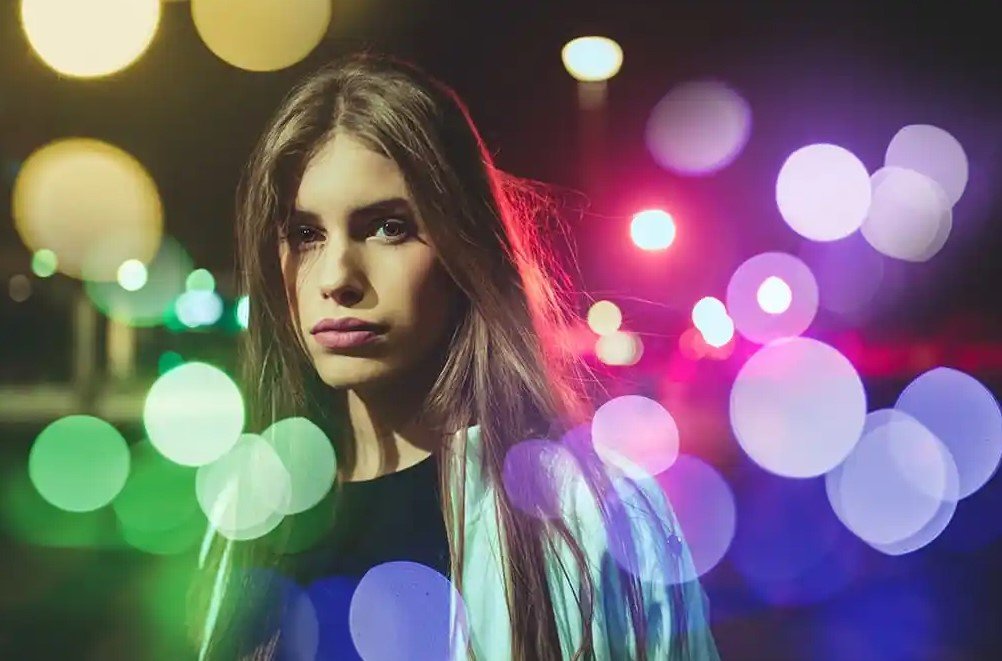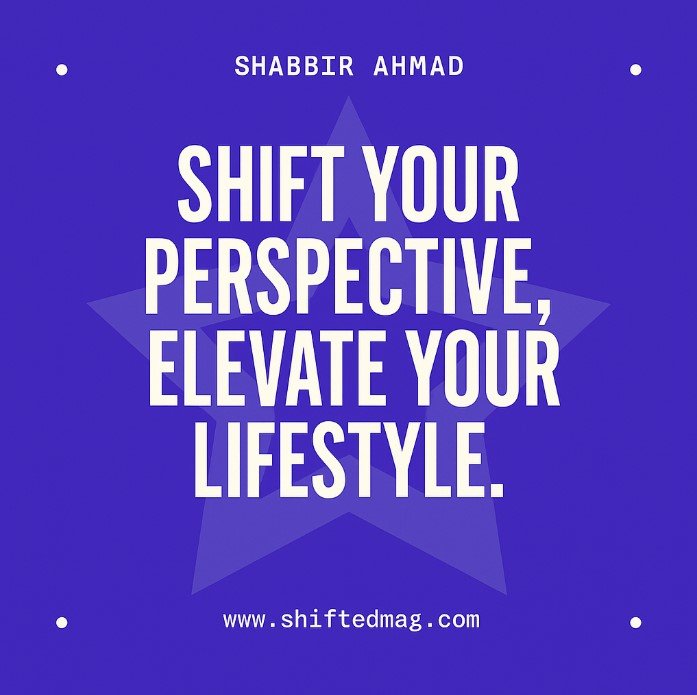Photography
Photeeq Photo Ideas You’ll Love: Couples, Boudoir, and More

Photeeq is an online platform that has become popular among photographers and videographers for its consistent updates, inspiration, and guides. While Photeeq is not a photo studio or gear brand, it focuses on publishing helpful content that covers many photography styles, techniques, and trends. If you are looking to improve your photo skills or get fresh ideas for your next shoot, Photeeq is a reliable source.
This article highlights some of the most useful and popular photo ideas that align with the types of content Photeeq is known for. These ideas include couples photography, boudoir sessions, bokeh effects, lens flares, and how to frame a shot using the rule of thirds. Whether you are a beginner or an experienced photographer, this guide will help you explore different styles and plan creative photo shoots with purpose.
Couple Photo Ideas That Capture Real Connection
Couples photography is one of the most in-demand photography categories. People want to capture their love stories, whether for engagement photos, anniversary sessions, or just casual moments. Photeeq has featured many couple poses ideas over the years. These ideas often focus on natural body language, shared expressions, and simple environments that do not overpower the connection between two people.
When working with couples, it is helpful to avoid stiff or overly planned poses. Instead, suggest activities such as walking hand in hand, sitting on stairs, or leaning into each other during a conversation. If the couple is shy, try letting them move freely while you shoot from a distance. This helps them forget the camera is there, leading to more natural results.
Outdoor locations like parks, city streets, and beaches work well. Morning or evening light is soft and makes faces look better. Simple actions like holding hands, hugging, or even laughing together give the photographer many chances to get good shots. Avoid too many props, and focus more on genuine emotion.
Boudoir Photography with Comfort and Style
Boudoir photography is another genre Photeeq covers through tips and inspiration. These sessions usually take place indoors, in a bedroom, hotel, or home studio. Boudoir photo ideas focus on capturing someone’s confidence and personality artistically. It is not about being perfect or overly edited—it is about being real and expressive.
When planning a boudoir session, lighting is very important. Soft natural light from a window is often the best option. If that is not available, use a diffused light source. The goal is to avoid harsh shadows while still showing shape and texture.
Poses should be guided gently. It is better to let the subject feel comfortable in their skin rather than forcing complicated poses. Ask them to sit, lie down, or lean against a wall. Always communicate clearly and respectfully. Trust between the photographer and the subject makes a big difference in how the photos turn out.
Wardrobe can be simple: a robe, soft fabric, or even an oversized shirt can work well. Use blankets, bedsheets, or furniture in the space to give variety to the shoot. Editing should be light—keep skin tones natural and avoid removing too many features. Boudoir is about feeling good, not about chasing perfection.
How to Take a Good Selfie Like a Pro
Photeeq also shares easy tips on how to take a good selfie. While selfies are often seen as quick and casual, they can also be a fun way to practice camera angles, lighting, and composition. With a little planning, your selfies can look as polished as professional portraits.
Start with good lighting. Natural light from a window or outdoors is best. Avoid harsh overhead lights or deep shadows. Face the light for a soft and balanced effect. Use a neutral background that does not distract from your face.

Next, find your angle. Slightly turning your head to the left or right works better than facing the camera straight. Hold the phone or camera just above eye level and avoid placing it too low.
Smile naturally or try a relaxed face. Use your phone’s back camera for better quality if possible. Clean the lens before shooting. Use the timer function if you want to be hands-free. You can also use a selfie stick or small tripod to get more distance and better framing.
Editing apps can help you adjust brightness or remove small distractions. But try not to over-edit. Keep the photo looking like you.
Adding Bokeh for a Beautiful Background
Bokeh is the visual effect where the background appears soft and out of focus. Photeeq often highlights how this technique makes portraits and macro photos look more professional. Bokeh works best when the subject is in focus and the background is far enough to blur.
To create bokeh, use a lens with a wide aperture, like f/1.8 or f/2.8. Stand close to your subject and make sure there are lights, objects, or patterns in the background. The lights will turn into soft circles or shapes, giving the photo a dreamy feel.
You can create bokeh using string lights, trees with sunlight coming through, or even streetlights at night. The key is to have contrast between the subject and background.
Most smartphone cameras now offer “portrait mode,” which mimics bokeh by using software. While not as precise as real camera lenses, it still gives a nice result for casual shoots.
Using Photeeq Lens Flare Techniques
Photeeq has featured multiple guides on lens effects, including how to create lens flare on purpose. Lens flare happens when a strong light source like the sun hits the camera lens directly. This can create a light streak or glowing spot in your image. While lens flare used to be seen as a mistake, many photographers now use it as a creative tool.
To capture lens flare, shoot with the sun in your frame or just outside the edge. Use a wide-angle lens for more dramatic results. Keep your aperture on the lower side (like f/2.8 or f/4), and avoid using a lens hood. Move slightly during the shoot to change the shape and location of the flare.
Some people also add lens flare during editing, but capturing it in-camera gives a more natural look. Always check your frame to make sure the flare does not block important parts of the photo. With practice, this can become a great way to add depth and mood to your images.
Mastering the Rule of Thirds for Better Composition
The rule of thirds is one of the most important photography techniques shared across many Photeeq guides. It helps photographers create well-balanced images by dividing the frame into a grid with two vertical and two horizontal lines. Where these lines meet are called focal points. Placing your subject or key elements on these points makes the photo more visually appealing.

When taking a portrait, for example, place the person’s eyes along the top third line. For landscape photography, you can position the horizon along the top or bottom third, depending on what you want to emphasize—sky or land.
Most cameras and smartphones have a grid option in the settings. Turning this on helps you apply the rule of thirds while shooting. With practice, it becomes easy to see where to place the subject in the frame. The rule works in many types of photography, from selfies to nature shots. It gives structure and keeps the viewer’s attention focused on the right area.
Creative Photo Ideas to Try at Home
Photeeq is well-known for offering photo ideas that don’t require a big budget or professional studio. Many of their suggestions can be done using natural light, a phone or basic camera, and everyday objects.
Here are a few simple ideas:
- Take a shadow portrait using window blinds
- Capture reflections in a mirror or puddle
- Use colored paper or cloth as a DIY backdrop
- Shoot through clear plastic or fabric for a textured effect
- Set up lights behind transparent objects like glass bottles
These photo ideas are perfect for testing camera settings and improving your creative thinking. They also help you learn more about angles, lighting, and texture without needing special gear.
How to Guide Couples for Better Poses
When photographing couples, it’s not just about the location or gear. It’s also about how you guide the couple. People often feel nervous during a shoot, especially if it’s their first time. Your job as a photographer is to help them feel relaxed and natural.
Here are some couple poses ideas that work well:
- Standing close while looking at each other
- Sitting side by side on a bench
- One partner hugging the other from behind
- Holding hands while walking toward or away from the camera
- Whispering something funny to create a genuine smile

Instead of telling them to “smile” or “pose,” ask them to move naturally. Give them small actions like “walk slowly and look at each other” or “sit and talk like you’re at home.” These prompts lead to more genuine emotions and better pictures.
You can also ask them to bring items that are meaningful, like a book they read together or a picnic blanket. This adds a personal touch without needing props that feel forced.
Combining Bokeh and Lens Flare in Outdoor Photography
You don’t need to choose between bokeh and lens flare. In fact, Photeeq has featured photo collections where both are used together. Shooting during golden hour (just after sunrise or before sunset) gives you the best chance to catch both effects.
To achieve this, place your subject in front of background lights or sunlight peeking through leaves. Use a wide aperture to create a shallow depth of field, and aim to include the light source near the edge of the frame. This setup can produce soft bokeh in the background and a natural lens flare at the corner of the image.

Image Source: Amateur Photographer
This is great for couple sessions, nature photography, or even stylized portraits. If you’re using a phone, make sure to tap on the subject to focus and let the background blur slightly.
Exploring More Boudoir Poses for Confidence
For boudoir photography, many Photeeq articles suggest keeping the session simple and respectful. While we covered the basics earlier, here are a few more boudoir photo ideas to try:
- Backlit silhouette near a window
- Looking over the shoulder with natural light
- Sitting on a bed with legs crossed
- Lying on the side with arms relaxed
- Draping fabric to show soft curves without revealing too much
Remember that confidence and comfort matter more than poses. Always check in with the person being photographed. If they want to see the photos during the session, show them. Positive feedback helps build trust and gives them the courage to try new poses.
Editing Your Photos Without Overdoing It
Photeeq promotes clean editing. Most of the edits shown in their articles and tutorials focus on keeping skin tones natural, adjusting brightness, and sharpening details. Over-editing can make a photo look fake or lose its emotional value.
For portraits, avoid making the skin too smooth. Instead, remove only small distractions like temporary marks or background clutter. Adjust the white balance to fix any color issues caused by lighting. If you’re working with bokeh or lens flare, avoid adding fake versions unless absolutely necessary.
For beginners, free apps like Snapseed, Lightroom Mobile, or even the built-in camera editing tools are enough. Focus on learning what each slider does. Editing should be the final step to improve the photo, not change it completely.
Final Thoughts
Photeeq continues to inspire both beginner and experienced photographers with their wide range of photography tips and ideas. Whether you’re shooting couples, taking selfies, experimenting with lens flare, or trying your first boudoir session, their resources are clear and practical.
This article shared ideas based on the topics often featured on the Photeeq platform. From understanding the rule of thirds to using natural light, you now have multiple techniques to apply in your own photography journey.
Take time to explore different styles and don’t be afraid to experiment. Great photos come from trying new things, being patient, and learning from each shot. Let Photeeq be your inspiration, but also develop your own style as you grow.
If you are ready to try something new today, grab your camera, apply what you’ve learned, and start capturing the moments around you. That’s how creativity begins—one photo at a time.
Check out: The Importance of Photography and Video in Marketing
-

 Self Improvement2 months ago
Self Improvement2 months agoUsing BCBS Rehab to Access Quality Addiction Care
-

 Games2 months ago
Games2 months agoPusoy Strategies for Play That Also Work in Pusoy Dos in English
-

 Law2 months ago
Law2 months agoHow Can a Car Accident Attorney Help You?
-

 News2 months ago
News2 months agoCreating Acoustic Comfort in Restaurants: The Overlooked Ingredient of a Perfect Dining Experience


























